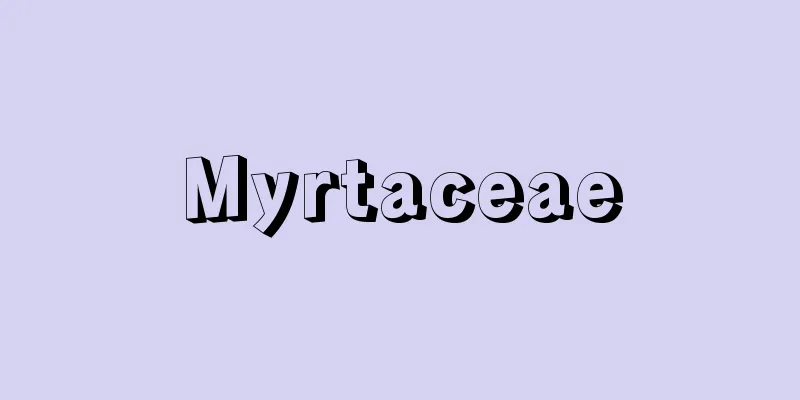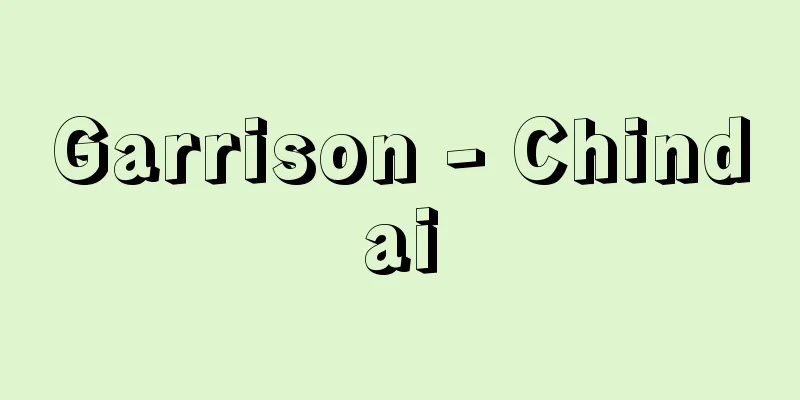National Policy

|
Another name for the protective tariff policy adopted by Canada in 1879. Since the founding of Canada in 1867, the Conservative and Liberal parties had been fighting over what economic policies to adopt, but in 1878 the Conservatives, who advocated a "national policy," won the war over the Liberals, who advocated free trade, and the battle was settled. The purpose of adopting the policy was to fill the financial deficit while also promoting industry, but it was notable for raising tariffs not only on manufactured goods but also on primary products such as agricultural products, in an attempt to meet the demands of the Canadian people in general. Source: Heibonsha World Encyclopedia, 2nd Edition Information |
|
1879年,カナダが採用した保護関税政策の別称。1867年のカナダ建国以来,いかなる経済政策を採用するかについて保守党と自由党が争ってきたが,〈ナショナル・ポリシー〉を掲げた保守党が78年,自由貿易主義を掲げる自由党を破って勝利を収め,決着をみた。採用の目的は財政上の欠損を埋めると同時に工業振興も目ざすことにあったが,製造工業品のみならず,農産物など一次産品の関税率も上げ,カナダ国民全般の要望にこたえようとした点に特徴がある。
出典 株式会社平凡社世界大百科事典 第2版について 情報 |
Recommend
Blue snail - Blue snail
...They are distributed from Hokkaido to Kyushu (...
Summer flowers - Natsu no hana
A short story by Hara Tamiki. Published in Mita Bu...
Kiimi Pass
Please see the "Kimi Pass" page. Source...
proto-ikat (English spelling)
...the simplest technique for making ikat threads...
Different motif - Different motif
...Dundas also found Propp's term function so...
Musashino
[1][1] (Formerly "Muzashino") Broadly, i...
Sache
…Koto is a distinctively Japanese concept of exis...
Catchphrase
〘noun〙 (catch phrase) A short advertising slogan d...
Crane Forest - Kakurin
〘Noun〙 Buddhist term. The place where Shakyamuni p...
Droit de Bourgoisie (English spelling) Droit de Bourgoisie
In modern law, the term bürgerliches Recht (Germa...
Eriography - Eriography
...Later, he succeeded in making a printing plate...
Baldassare Peruzzi
Italian architect and painter. Born in Siena, he ...
Otsuka History - Otsuka History
…An economic historian who investigated the forma...
Cooperative distributed system - autonomous distributed system
[Development of cooperative distributed systems] ...
Aun - Aun
A transliteration of the Sanskrit a-hū. In esoter...









